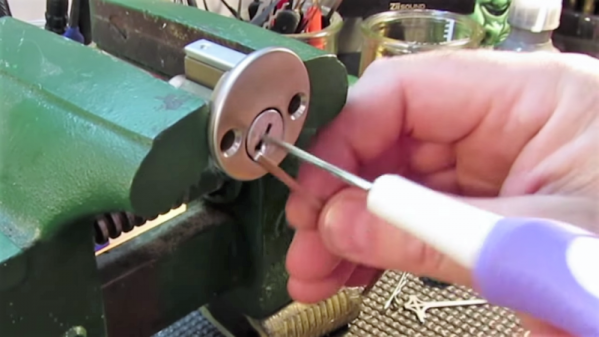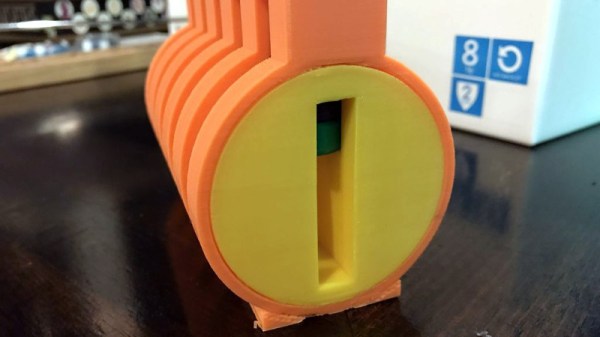When it comes to safes, mechanical design and physical layout are just as important as the electronic bits. If care isn’t taken, one element can undermine the other. That appears to be the case with this Amazon Basics branded biometric pistol safe. Because of the mechanical design, the fingerprint sensor can be overridden with nothing more than a thin piece of metal — no melted gummi bears and fingerprint impressions involved.
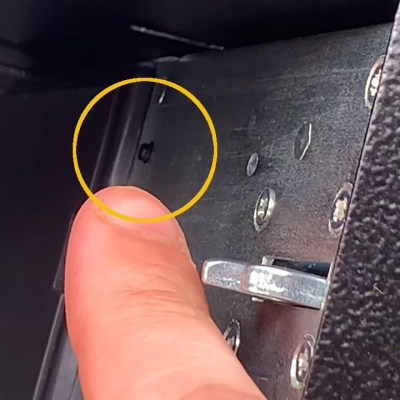
[LockPickingLawyer] has a reputation for exposing the lunacy of poorly-designed locks of all kinds and begins this short video (embedded below) by stating that when attempting to bypass the security of a device like this, he would normally focus on the mechanical lock. But in this case, it’s far more straightforward to simply subvert the fingerprint registration.
This is how it works: the back of the front panel (which is inside the safe) has a small button. When this button is pressed, the device will be instructed to register a new fingerprint. The security of that system depends on this button being inaccessible while the safe is closed. Unfortunately it’s placed poorly and all it takes is a thin piece of metal slid through the thin opening between the door and the rest of the safe. One press, and the (closed) safe is instructed to register and trust a new fingerprint. After that, the safe can be opened in the usual way.
It’s possible that a pistol being present in the safe might get in the way of inserting a metal shim to hit the button, but it doesn’t look like it. A metal lip in the frame, or recessing the reset button could prevent this attack. The sensor could also be instructed to reject reprogramming while the door is closed. In any case, this is a great demonstration of how design elements can affect one another, and have a security impact in the process.
As for fooling sensors in a more traditional sense, here’s a reminder that we’ve seen a 3D printer and a photo of a fingerprint used to defeat a fingerprint sensor.
Continue reading “Pistol Safe’s Poor Design Means Biometric Sensor Bypassed In Seconds”


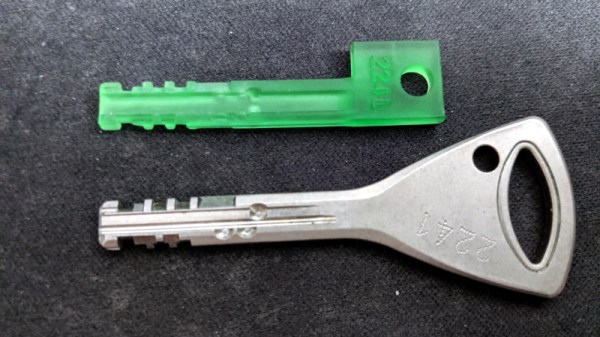
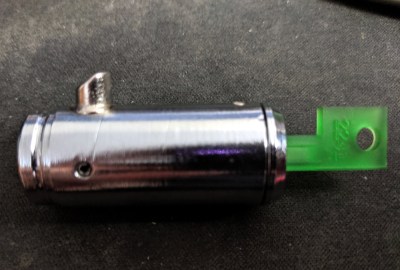
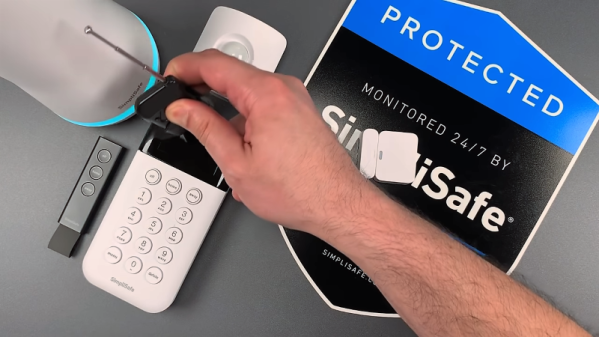

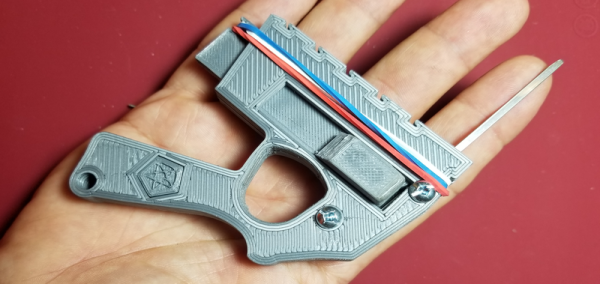
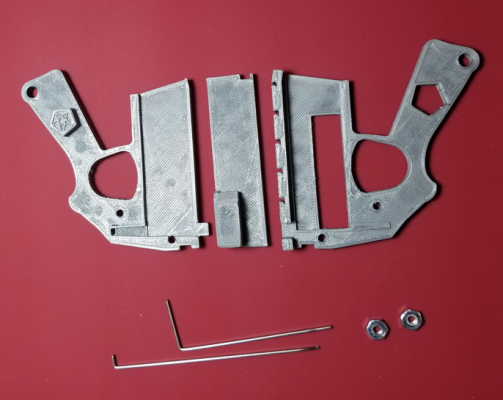 Now, for us at least, fantasy became a reality as [Peterthinks] makes public his
Now, for us at least, fantasy became a reality as [Peterthinks] makes public his 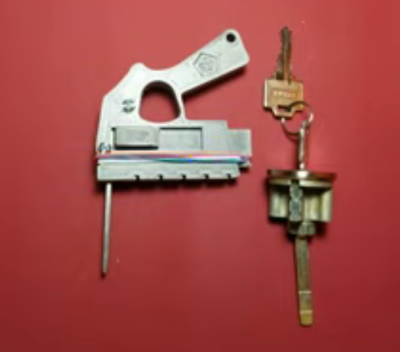 The device works by manually flicking the spring (rubber band) loaded side switch which then toggles the picking tang up and down whilst simultaneously using another tang to gently prime the opening rotator.
The device works by manually flicking the spring (rubber band) loaded side switch which then toggles the picking tang up and down whilst simultaneously using another tang to gently prime the opening rotator.